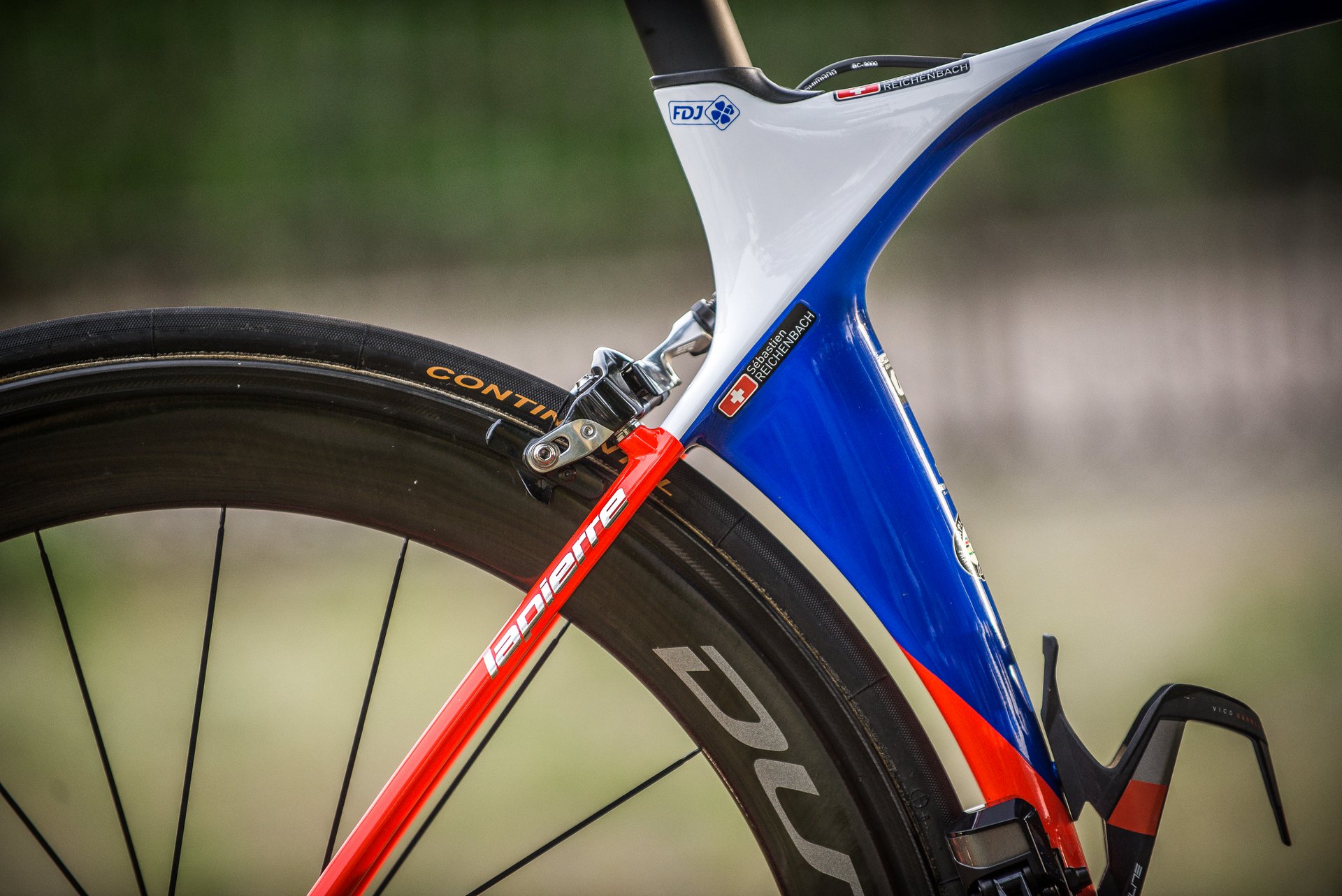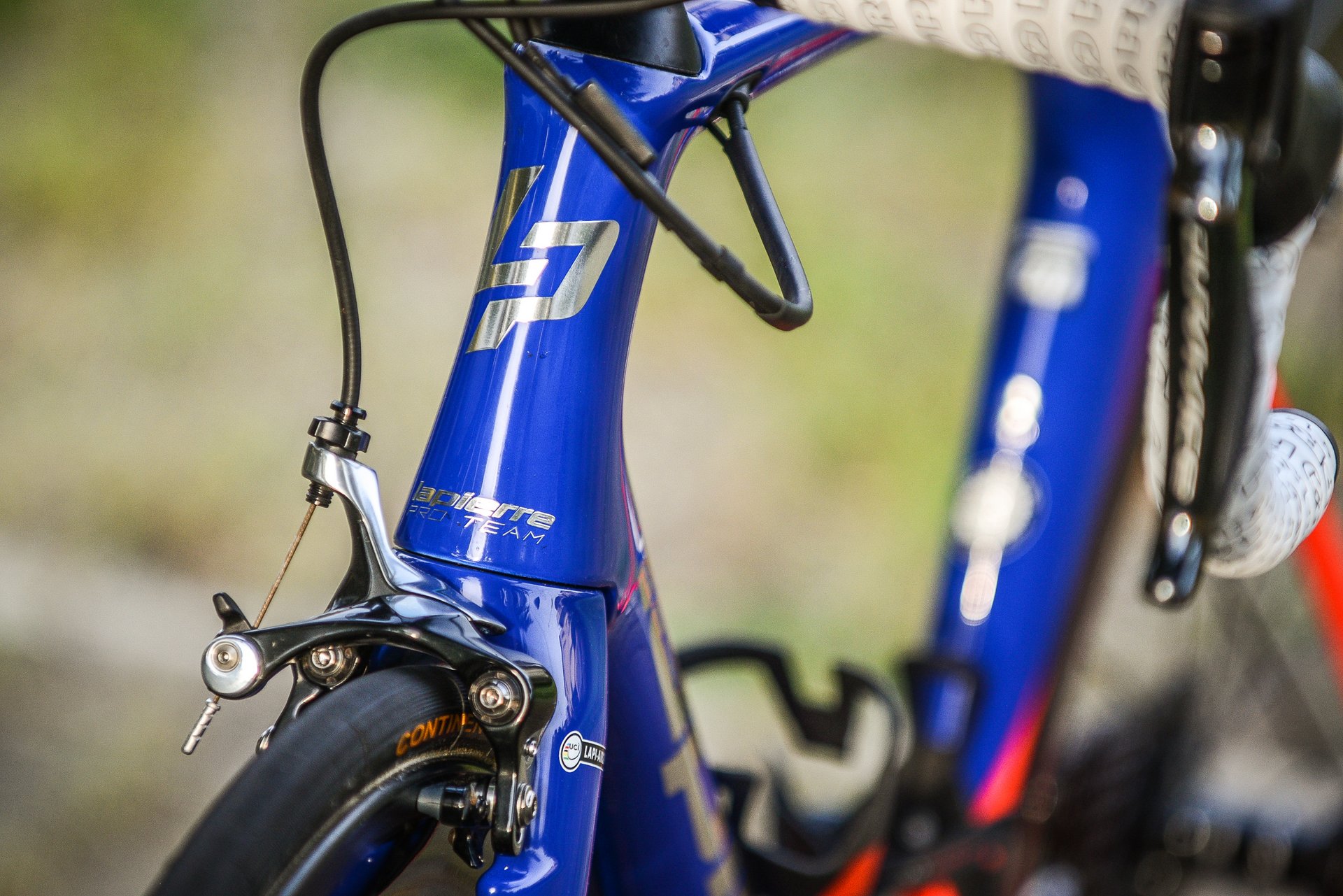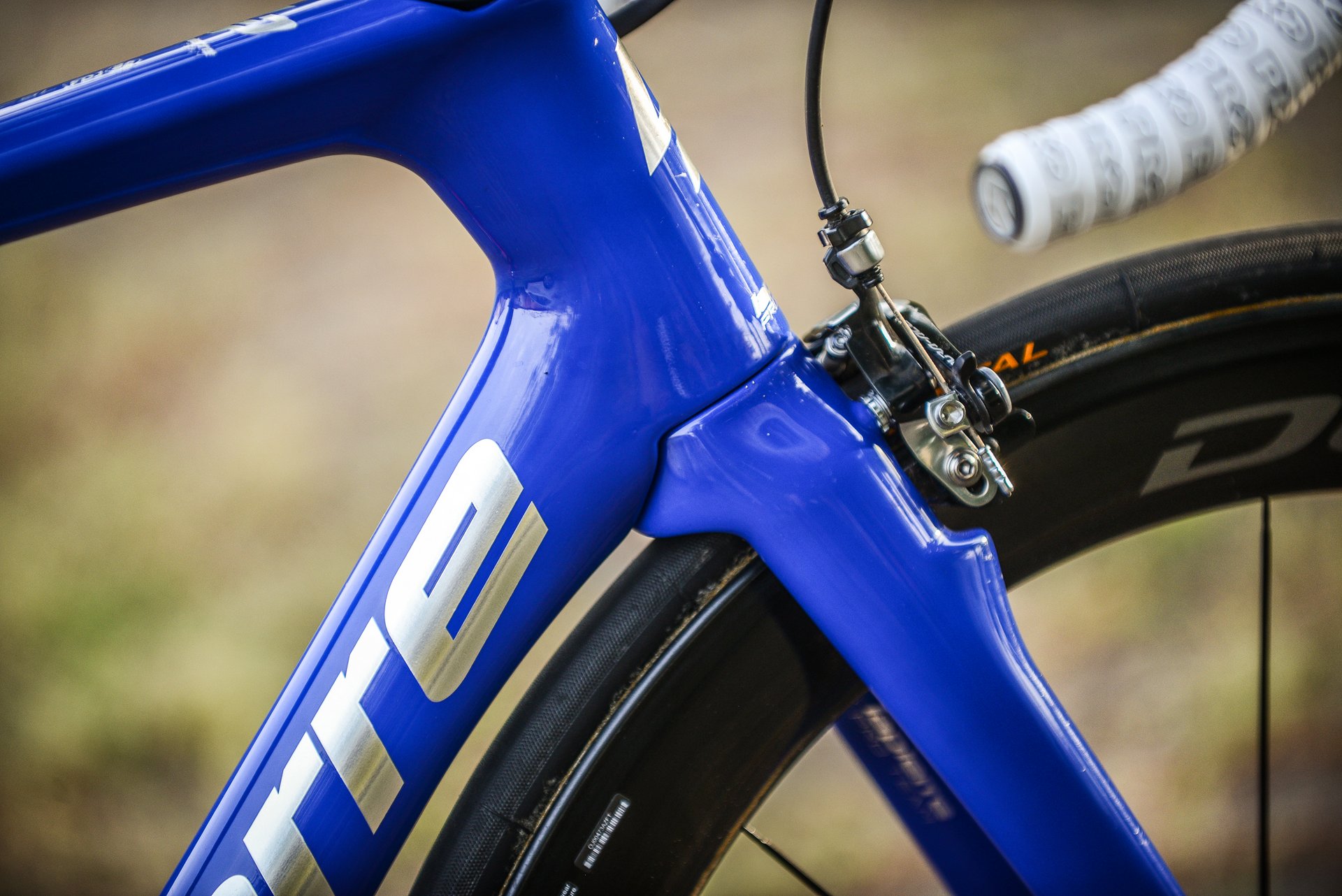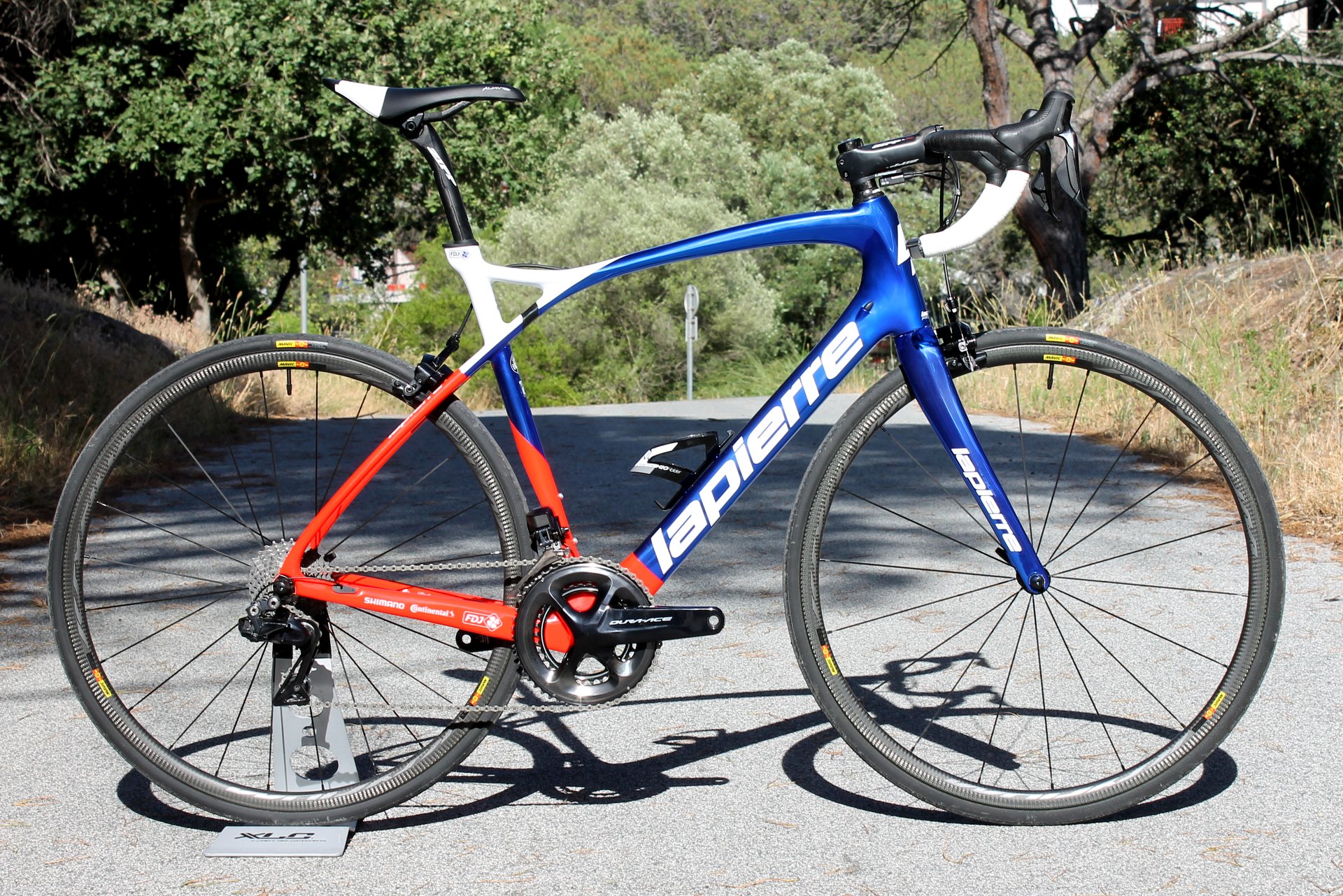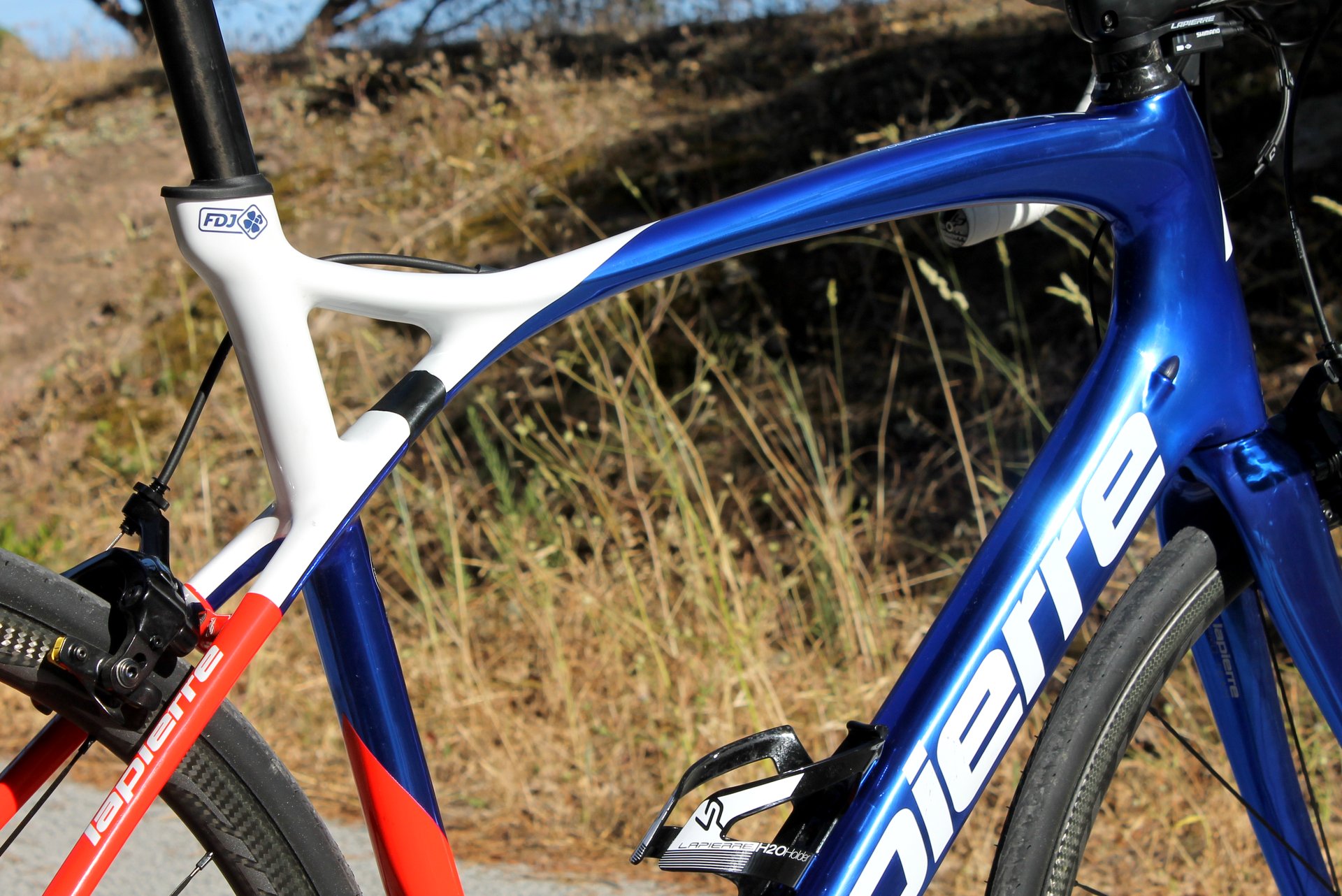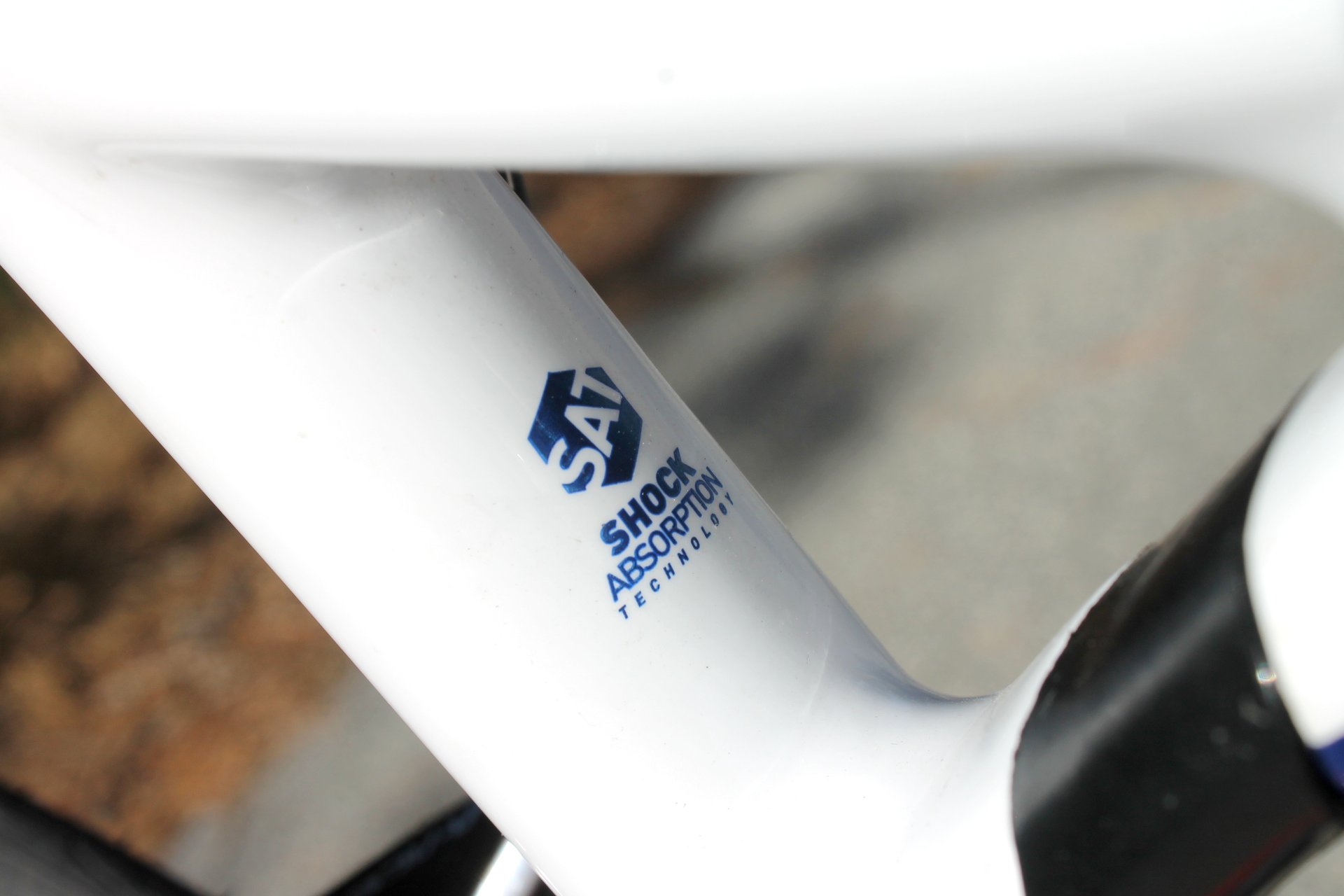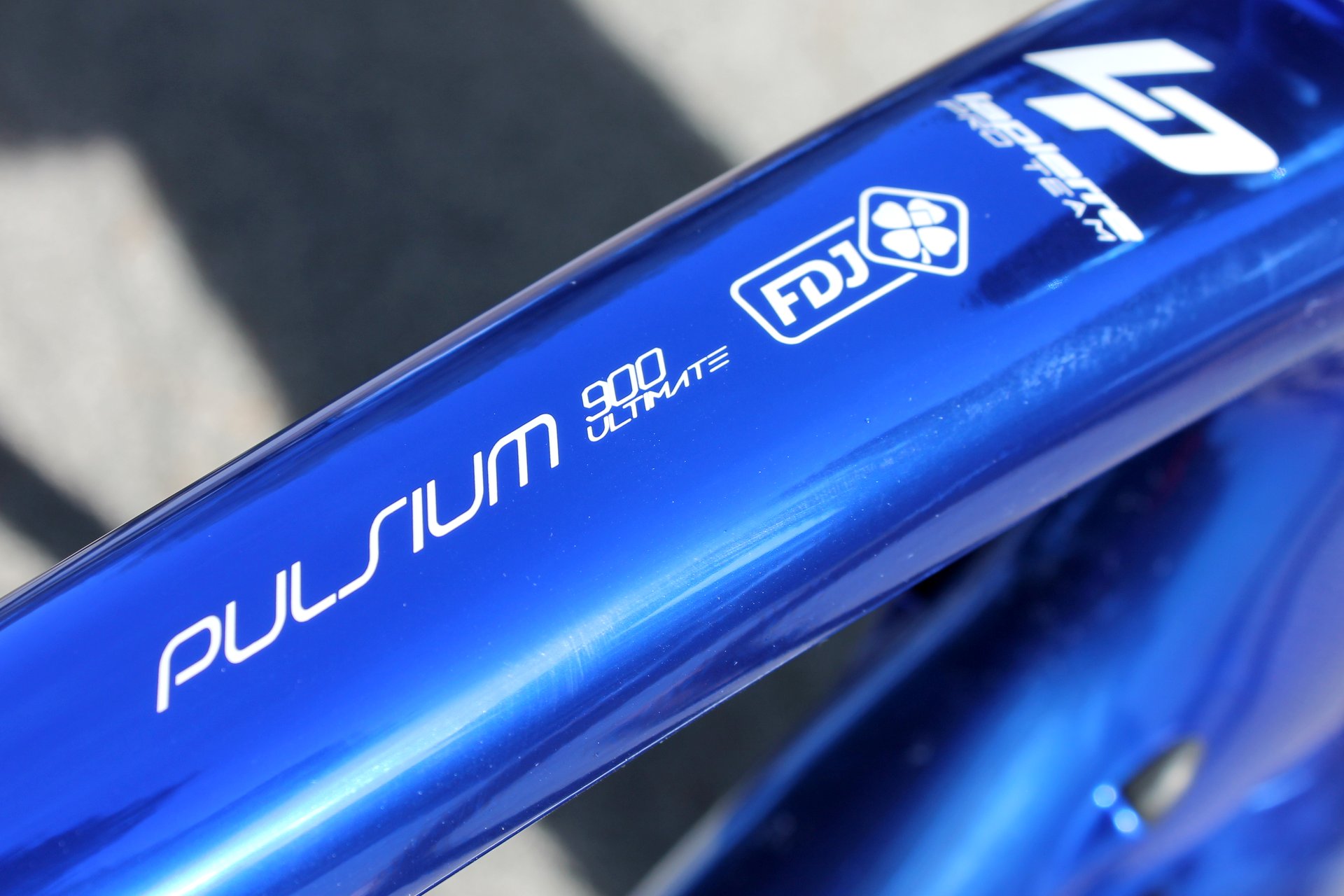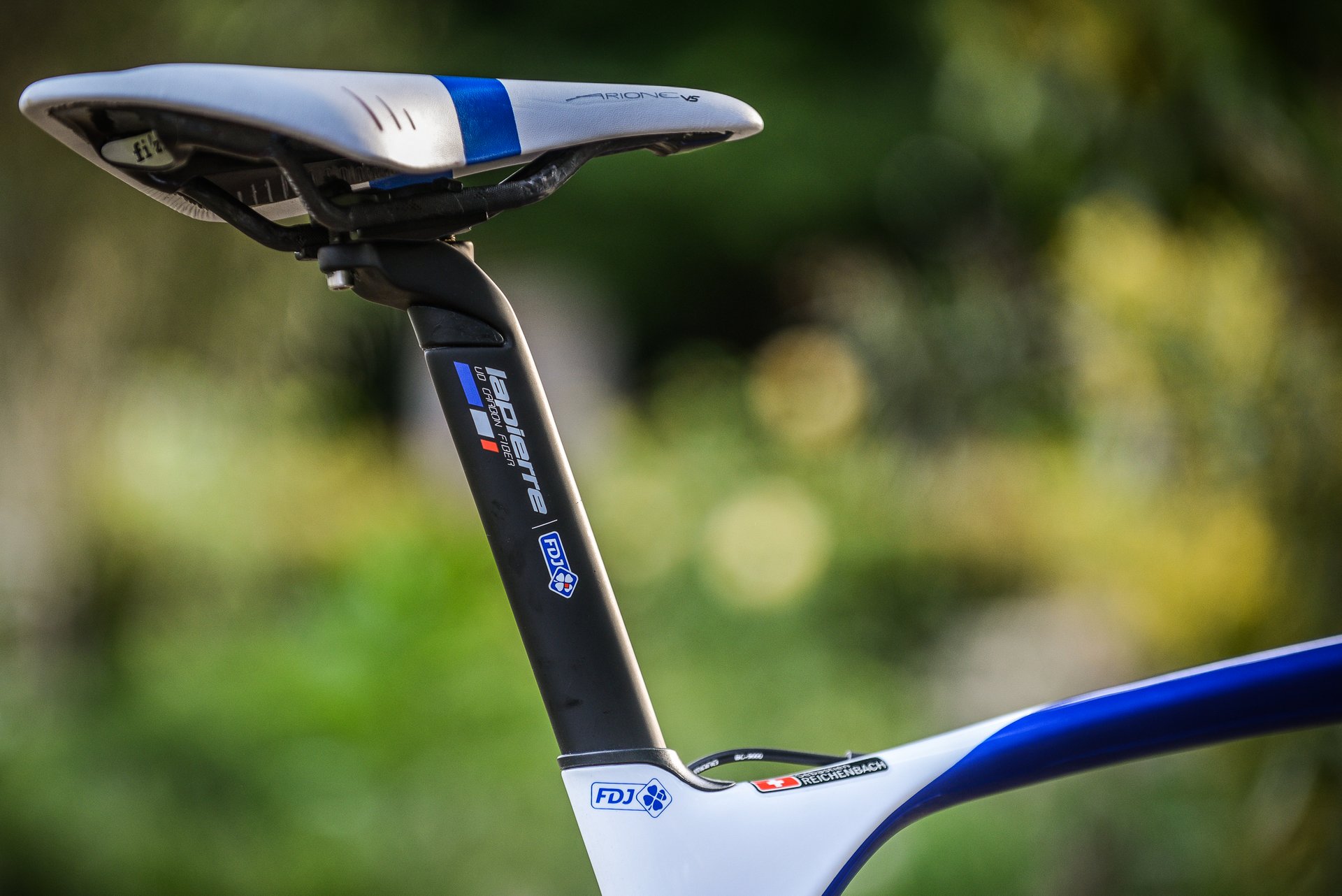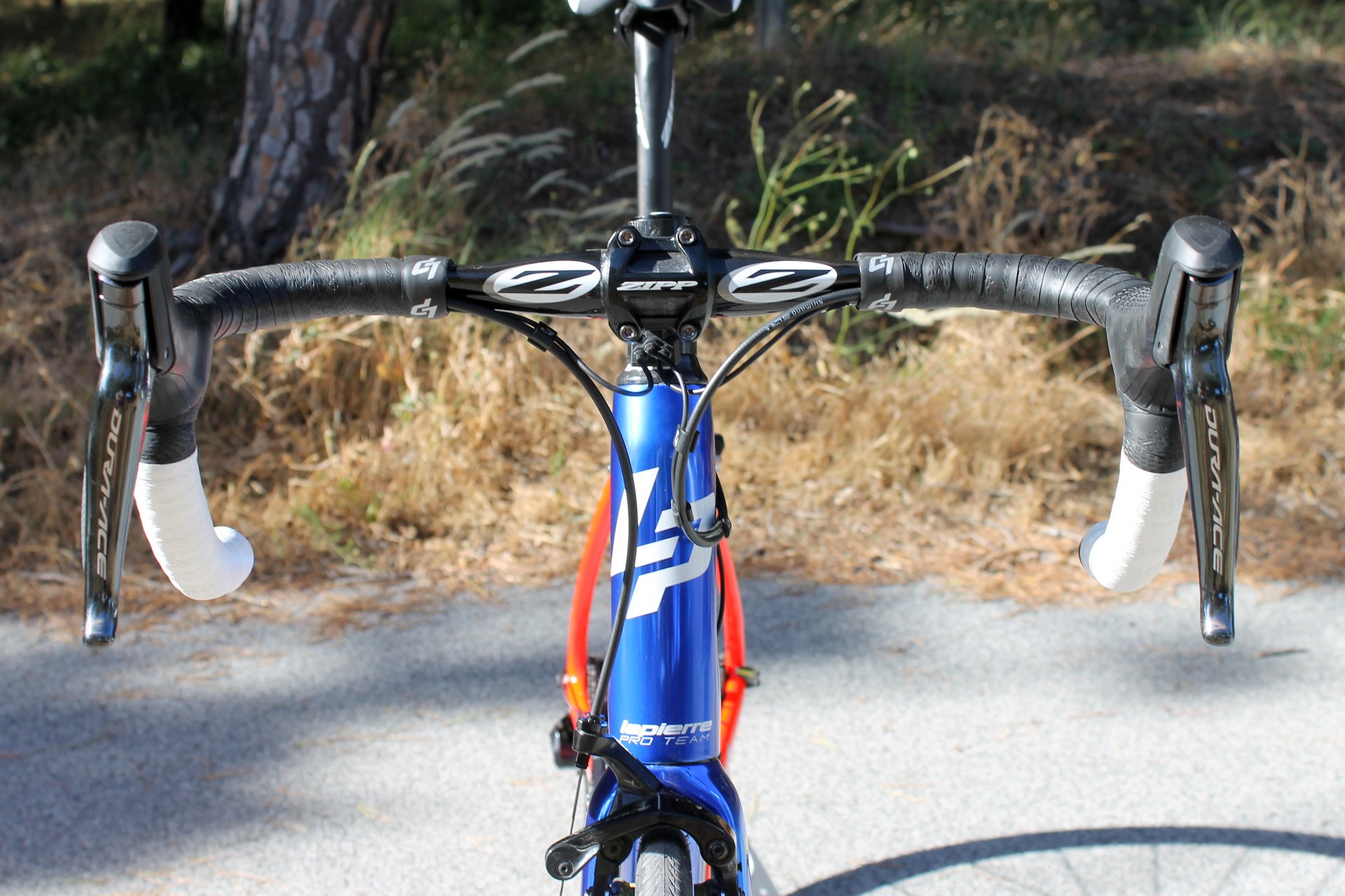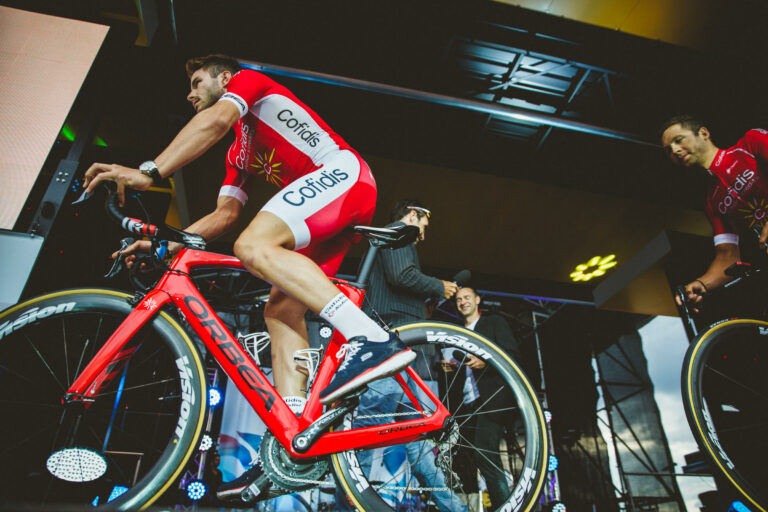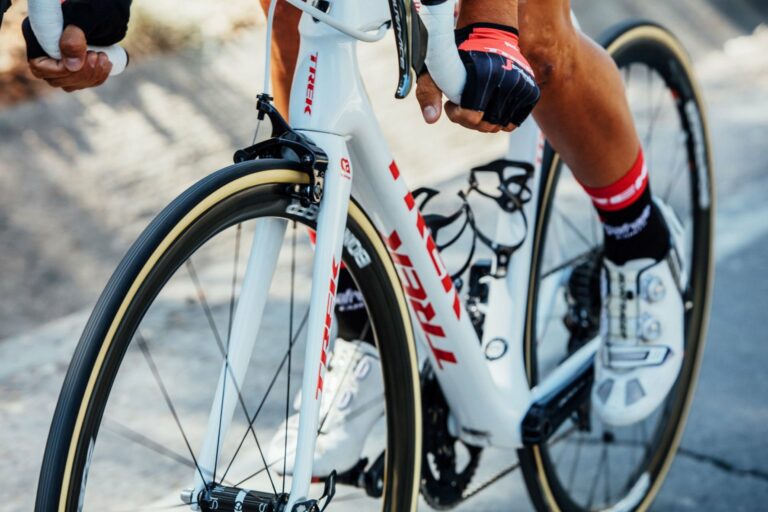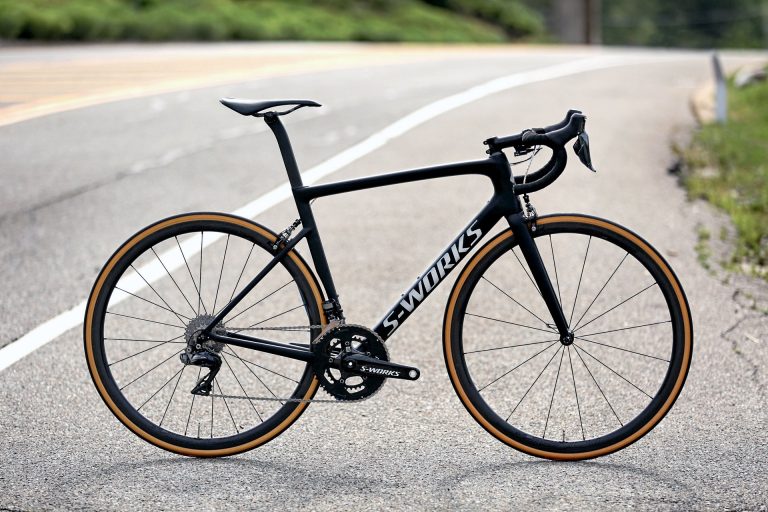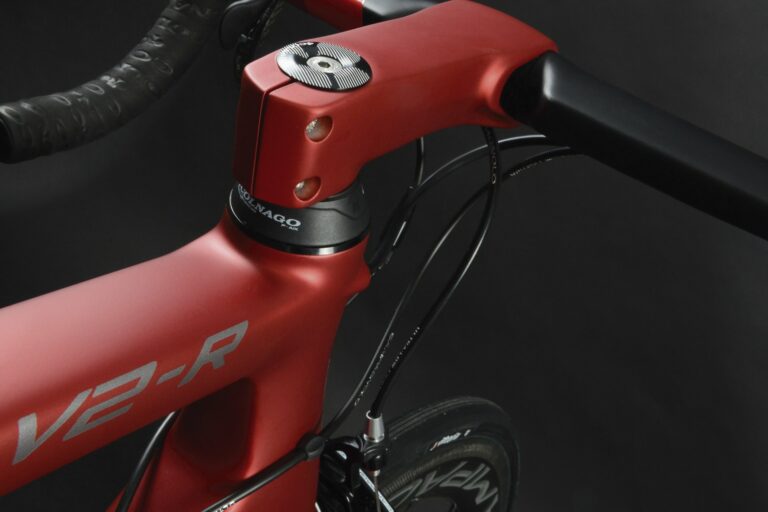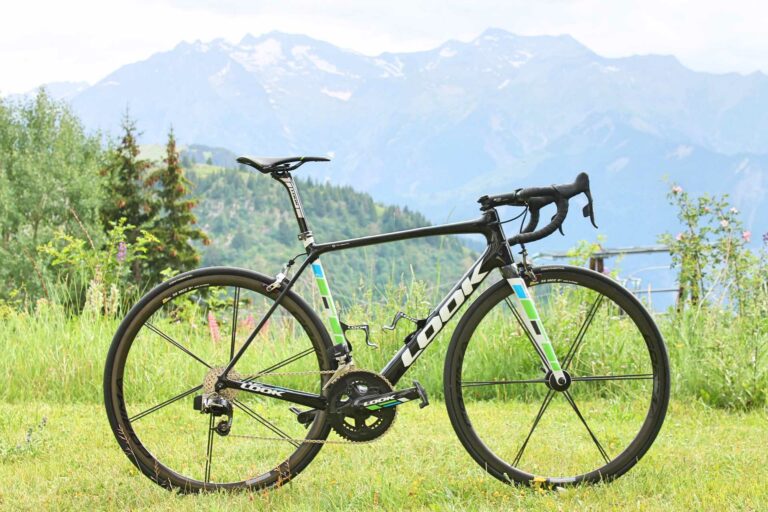French brand Lapierre have announced updates to the Aircode aero bike and Pulsium endurance race bike for model year 2018, based upon extensive rider feedback from the FDJ WorldTour team. (Update 13/10/2017: we’ve now reviewed the 2018 Aircode with Shimano Dura-Ace Di2).
Both bikes are second generation developments of their original fore bearers launched in 2015, with both updates addressing key issues highlighted by the FDJ riders. not least sprinter and rouleur specialist Arnaud Demare.
Lapierre Pulsium 2018 endurance bike – first ride review
Importantly, both machines represent a merging of design among the bikes Lapierre offers, with the Aircode and Pulsium now physically showing the family traits of the Xelius, with the intention of allowing that DNA to shine through when the FDJ riders switch between bikes for different races. So, what have they done?

Lapierre Aircode – updated geometry and aero tube profiles
According to Remi Gribaudo, Lapierre’s lead road project engineer, as soon as the first generation Aircode was launched, he was already taking on board feedback from riders who praised the speed and stiffness of the original machine but felt it lacked the easy handling characteristics of the Xelius – a bike that has become something of a blueprint for the French company.
As a result, the new Aircode receives an updated geometry and fork rake that takes its cues from the Xelius, along with a shortened and more integrated headtube-fork setup for more direct handling and tidier aerodynamics.
“Riders felt they needed easier handling before the final turn – a really important moment in the sprint,” says Gribaudo, pointing out it was Demare himself who reported losing places ahead of the finale, compromising his chances of success. “This is why we’ve reduced the stack height by 10mm, to improve that directness, and reduced the chainstay length.”
The bike has also seen improvements made elsewhere, including a new integrated top cap setup, and the inclusion of both NACA and Kammtail aero profiles in a nod to the Aerostorm DRS TT bike – a natural development according to Gribaudo, who says the tapering to the boxier Kammtail towards the bottom bracket area improves stiffness and pedalling efficiency through what Lapierre calls ‘Powerbox’ technology. All the while, the top section of the downtube makes the most of the fully aerofoiled NACA shaping.

